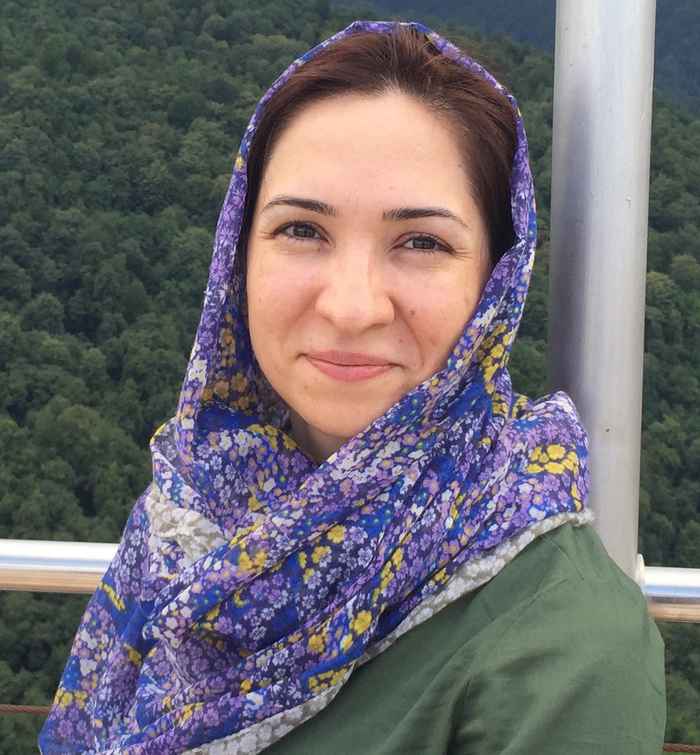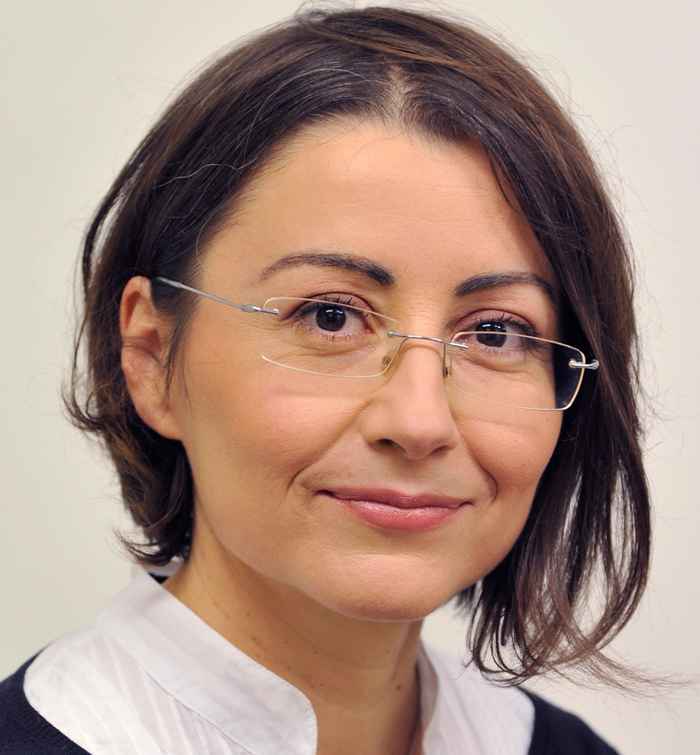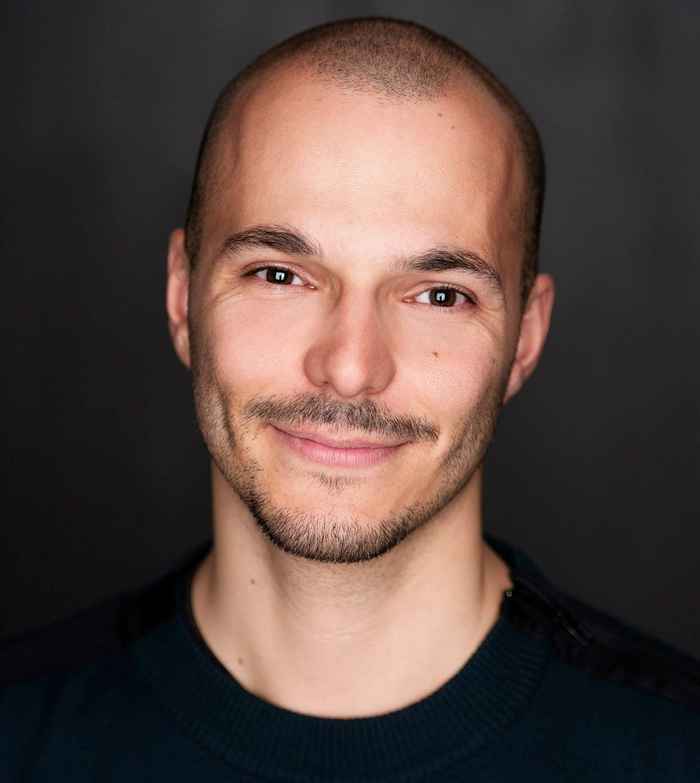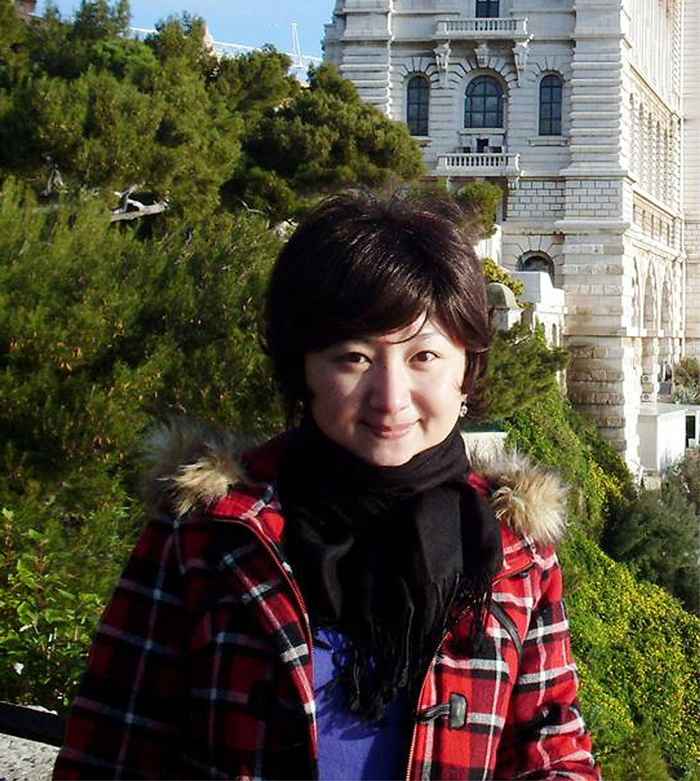Four new HRSMC Fellowships awarded
Study of metal clusters with new theoretical methods and Infrared Multiple Photon Dissociation Spectroscopy

Guest: Dr. Zahra Jamshidi (Chemistry and Chemical engineering Research Center of Iran);
hosted by Prof. Lucas Visscher (VU, 1st applicant) and Dr. Joost Bakker (Radboud University).
A visit of 4 months.
Atomic and molecular clusters exhibit unique chemical and physical properties and understanding these important model systems needs the combination of experimental and theoretical techniques. Structural information of metal clusters can be obtained by means of vibrational spectroscopy, in the form of Infrared multiple photon dissociation (IR-MPD) spectroscopy. In this HRSMC project, Dr. Jamshidi of the Chemistry and Chemical engineering Research Center of Iran in collaboration with Prof. dr. L. Visscher (VU) plan to develop a new theoretical method based on Born-Oppenheimer Molecular Dynamics with which they can go beyond the harmonic approximation that is currently the standard in simulating IR-MPD spectra. In addition, they will improve upon the description of small metal clusters that can still be treated with molecular techniques, but where near-degeneracies cause problems in converging the self-consistent-field process. They will be devoted to validate and use the new technique to study molecules absorbed on small metal clusters measured by the Bakker group (Radboud University).
Upconverting nanoparticles for the activation of ruthenium-based anticancer drugs

Guest: Dr. Marta Maria Natile (National Research Council (CNR) - Institute of Condensed Matter Chemistry, and Energy Technologies (ICMATE) of Padova, Italy);
hosted by Dr. Sylvestre Bonnet (Leiden University).
A visit of 8 weeks.
Light-activated anticancer drugs hold the promise of efficient tumour removal with minimal side effects for the patient. It is essential that the light used in the activation of photopharmacological compounds penetrates human tissue far enough, and has enough energy to activate the prodrug. Blue light has enough energy to activate ruthenium-based prodrugs, but it does not penetrate tissue very well. Near-infrared light penetrates tissue much further, but the corresponding photons do not have the necessary energy to trigger prodrug activation. In this project, Dr. Natile, a specialist in lanthanoid-doped upconverting nanoparticles, will join the group of Dr. Bonnet, an expert in light-activatable anticancer compounds. Together they will functionalize core-shell upconverting nanoparticles with ruthenium anticancer prodrugs. The influence of shell thickness and surface functionalization strategy on the surface quenching of the upconversion by water, energy transfer between the upconverting core and the ruthenium molecules at the surface of the shell, and stability of the constructs in buffer solutions, will be studied.
Simulating the binding modes of the bacterial DNA organizing protein H-NS

Guest: Dr. Enrico Riccardi (Norwegian University of Science and Technology NTNU,Trondheim, Norway);
hosted by Dr. Jocelyne Vreede (University of Amsterdam).
A visit of 3 months.
The Histone-like Nucleoid Structuring protein H-NS organizes DNA in enterobacteria, by either bridging or stiffening stretches of DNA. To date, it is still far from understood how H-NS recognizes different nucleotide sequences. Also, determining the rate constants for H-NS binding to different nucleotide sequences has proven to be very difficult experimentally. By using molecular dynamics simulations in combination with smart sampling algorithms, such as replica exchange transition interface sampling (RETIS), it is possible to obtain mechanistic and kinetic insights into such complex molecular processes. Dr. Enrico Riccardi will use a newly developed computational platform for RETIS simulations (www.pyretis.org) to study the DNA binding by H-NS. This project aims to obtain relevant reaction coordinates and rate constants of the DNA binding mechanism employed by H-NS.
The design of better nanostructures for more efficient luminescence upconversion for application in biomedicine and solar energy utilization

Guest: Dr Xiaomin Liu (State Key Laboratory of Luminescence and Applications, Changchun Institute of Optics, Fine Mechanics and Physics, Chinese Academy of Sciences);
hosted by Dr. Hong Zhang (University of Amsterdam) and Prof. Gadi Rothenberg (University of Amsterdam).
A visit of 5 months.
Lanthanide based upconversion nanomaterials have demonstrated great potential in application in, e.g. photolithography of biomaterials, immunoassay, bioimaging and therapy, as well as solar energy utilization. This project aims at unravelling the actual role of the upconversion nanomaterials in improving the photostability of photoreactions of organic solutions via near infrared nanotransducer. In addition, this project shall explore the possibility of these nanomaterials of unique electronic, magnetic and optical properties in redox reactions and other applications.
In this project the visiting scholar and two hosting groups, Molecular Photonics (Hong Zhang) and Heterogeneous Catalysis (Gadi Rothenberg) at van’t Hoff Institute for Molecular Sciences, University of Amsterdam will work together closely on the aforementioned two tasks..